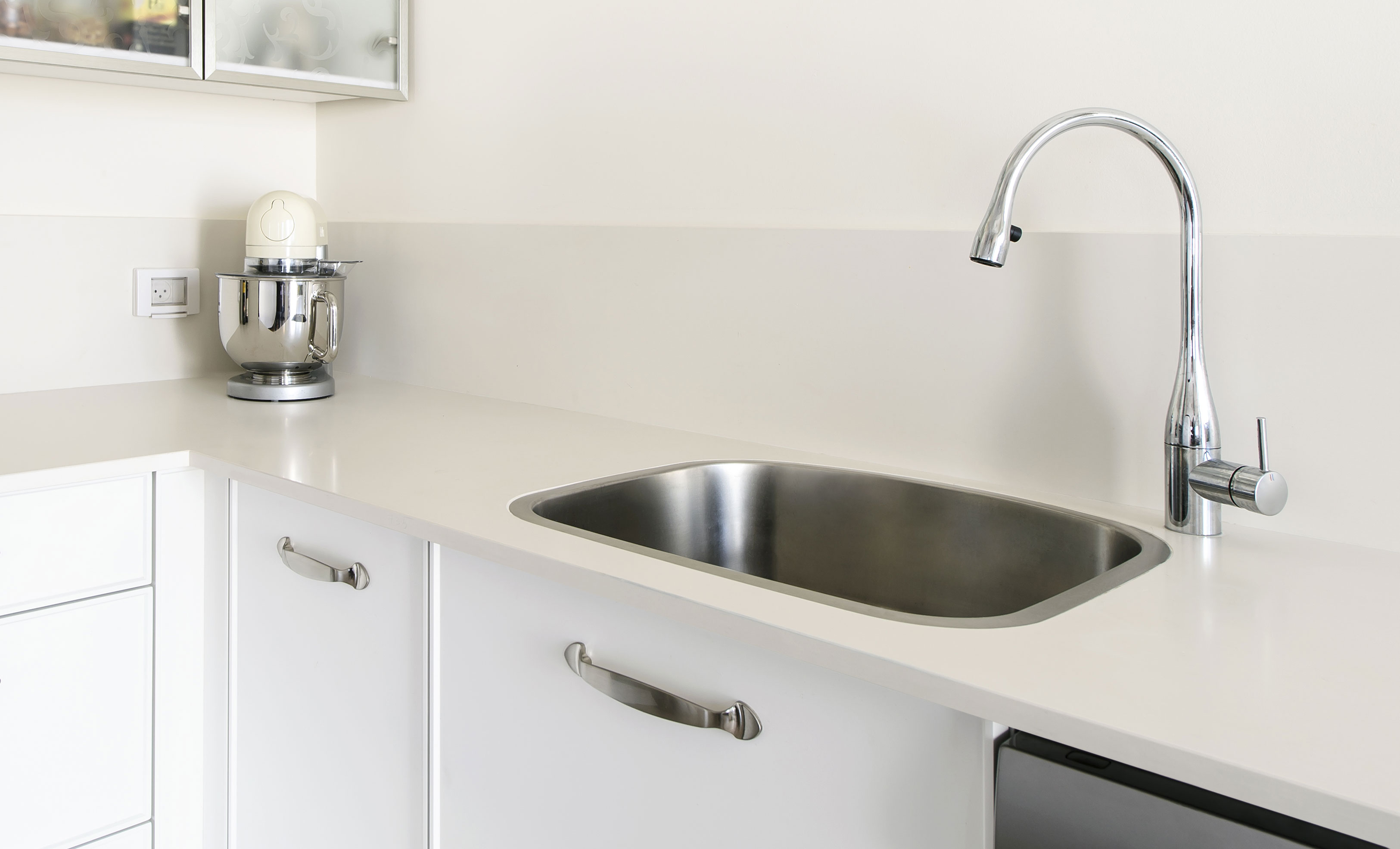We are living in an economic system that enables instant gratification. Need trendy clothing without breaking the bank? Easy. Check out your local fast fashion depot for $10 tops that will last until the next big trend hits the mall. Fido run out of food? You can get that overpriced grain-free mix on your doorstep in an hour.
Even in the building industry, if you need affordable quartz for your dream kitchen, there are 10 dealers within five miles peddling cheap marble-looking quartz. Most of them import the cheap stuff from China or Turkey at dollars a square foot, with consumers none the wiser.
But what happens after the veined quartz suddenly falls out of favor on the DIY shows? What about those jeans that tear in the crotch less than 10 wears in? More often than not, these commodities end up in a landfill, leading to more cheap commodities being poorly made that will also ultimately add to our problematic pile of trash. It’s a vicious cycle – and if we want to help the health of our families, friends, and planet, something needs to be done.
Over the years, green practices have evolved to better find a solution to our single-use, mass-waste society. It seems that the latest trend in the world of green solutions, circular economy, is the answer we’ve been looking for.
What is circular economy?
In the simplest of terms, a circular economy is a framework that is restorative and regenerative by nature. Also referred to as a closed-loop system, circular economies seek to cut out the single-use, waste-creating aspects of our current economic system and instead replace them with practices that not only reduce waste but also find ways to keep products and materials in use while regenerating natural systems. So instead of a system that depletes our resources and jeopardizes the health of the planet, circular economy systems work to create a system in which the things we buy are created out of resources we already have, and, once we are finished with them, can be put back into the system of commerce (rather than a landfill).
Sounds utopian, right? It’s more feasible than one would think. In fact, as the concept of a circular economy makes it way into the mainstream, we’re seeing more and more companies across all industries adopt the practice. Denim companies, for example, are creating products out of recycled denim, and in turn, are encouraging their customers to return their used denim once it’s done.
How does a circular economy apply to the building and construction industry?
The building and construction industry is the largest contributor to the waste stream — more than twice the amount of municipal solid waste. That questionable imported quartz countertop or funky 80’s laminate flooring you thought was a great idea in your 20s were not built to last. When you inevitably move onto your next kitchen remodel or home restoration, chances are that most of the materials you gut from your home will contribute to that very waste stream.
Now, architects and designers are shifting their focus from commoditized building materials to create living material banks out of spaces. This means that once the building or space has gone past its prime, the materials can be reused for other projects or jobs.
In a recent interview with Memoori, Martin Hunt, principal project manager Forum for the Future, an international sustainability non-profit organization, compared circularity in building to legos.
“We’re not talking about getting better at salvaging parts from demolished buildings, but moving to a point where those components are essentially “leased” to the building for a period of time, before being recovered and “leased” to the next building. Those building blocks can be designed to be reconfigured and reused in structure after structure, just like LEGO bricks.”
This kind of intentional, minimal-waste design isn’t just good for the planet – it’s amazing for human health. Materials with circular life cycles are built with more durable, healthier ingredients that benefit the occupants of the building. Take Lapitec sintered stone, for example. Made from 100% minerals, Lapitec is a closed-loop material. This means that once it’s phased out of a space or building, it can be once again broken down and recreated into a new slab.
Lapitec countertop in Bianco Crema.
More materials need to take this approach – from their very inception, they are designed with circularity in mind.
Looking ahead
As the conversation surrounding circular economy evolves, we’re interested to see how the building and construction industry will step up and answer the call for a more sustainable future. Some organizations are already running with the concept. Companies like DIRTT are creating prefabricated modular homes with entirely reusable components. We’re looking forward to seeing how more players in the industry will rise to the challenge that circular economy design presents.
Want to learn more about sustainable design trends and products? Schedule a product introduction with us today.


















.png)




